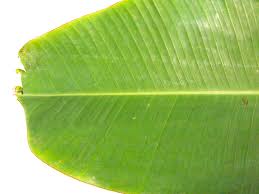In Sugar Processing industry, after clarification in clarifier, mass balance commence(the first recycling scheme in sugar processing industry), when the juice remained in the mud/sediments are recycled to the fresh incoming juice in the mills section. If 40,000 liters/hour of juice is charged in the process, and it is indicated that 90% of the juice overflows to the evaporators as clear juice from clarifier, and in the clarifier, 5% of clear juice overflow after addition of floculant. Now you are required to calculate the rate flow of the recycled juice. That is juice that is recycled from rotatory vacuum filter to the mills. For you to solve this problem, first you have to draw the diagram(if you can figure it in your head then it's ok) with all available information and unknown which in this case is the amount of juice recycled to the mills to be mixed with fresh mills for the next processing. Then calculate the amount of expected product to be formed(clear juice). Write equa
